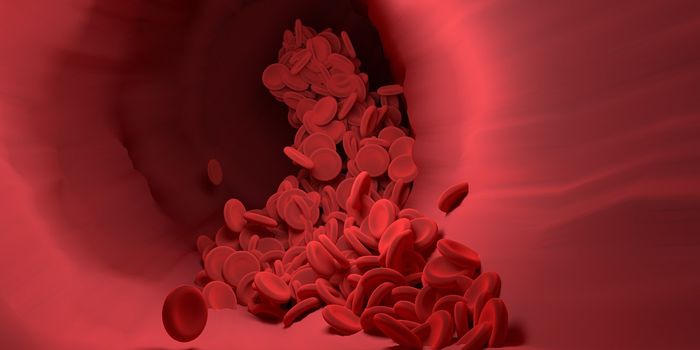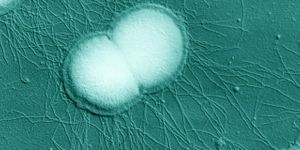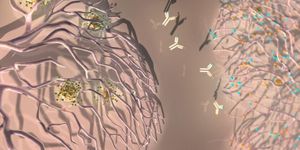Grafted Eyes & Drug Treatment Give Blind Tadpoles Sight
Researchers have used a grafting technique plus a reagent that is approved for use in humans to enable blind zebrafish to see again. Working eyes were attached to the tails of zebrafish, which were subsequently treated with a drug that acts as a neurotransmitter which acts in the integration of transplanted tissue. The work may aid the development of new therapeutics; it was published in the journal Regenerative Medicine by scientists at Tufts University, and is summarized in the following video.
The researchers were aiming to learn more about how grafted or re-grown structures coalesce with their new host, and to improve it. That is especially important for implants that take in sensory information from auditory, tactile and visual sources. Eyes were implanted on the tails of blind zebrafish tadpoles and treated with a drug called Zolmitriptan, which activates serotonin receptors 1B and 1D (5-HT1B/D) and is linked to neural development. The tadpoles that were treated had significantly increased connections to the grafted tissue, and there were no changes found in the rest of the nervous system.
Various tests were performed to assay the sight of the grafted zebrafish. The researchers were able to demonstrate significant Improvement in the ability of blind tadpoles to both detect and distinguish colors. In one such test where the tadpoles are exposed to a rotating pattern, 80 percent of sighted tadpoles followed the pattern. In comparison, only 38 percent of blind tadpoles and 32 percent of tadpoles that got eye grafts without the drug were able to follow the pattern. However, of the tadpoles with that received eye grafts and exposure to the 5-HT1B/D agonist drug, 57 percent were able to follow the rotating patterns.
"For regenerative medicine to move forward and enable the repair of damaged tissues and organ systems, we need to understand how to promote innervation and integration of transplanted organs," explained the corresponding author of the work, Michael Levin, Ph.D., Vannevar Bush professor of biology and director of the Allen Discovery Center at Tufts and the Tufts Center for Regenerative and Developmental Biology. "This research helps illuminate one way to promote innervation and establish neural connections between a host central nervous system and an implant, using a human-approved small molecule drug."
Although previous work has studied how machines can be used to aid human patients, such as in the insertion of cochlear implants for deafness and retinal prosthetics to treat blindness, this study assessed brain-body plasticity by utilizing new neurogenesis to integrate biological implants, commented study co-author Douglas Blackiston, a post-doctoral associate in the Department of Biology and Center for Regenerative and Developmental Biology at Tufts University.
"The fact that the grafted eyes in our model system could transmit visual information, even when direct connections to the brain were absent, suggests the central nervous system contains a remarkable ability to adapt to changes both in function and connectivity," concluded Blackiston.
Sources: Science Daily via Tufts University, Regenerative Medicine








